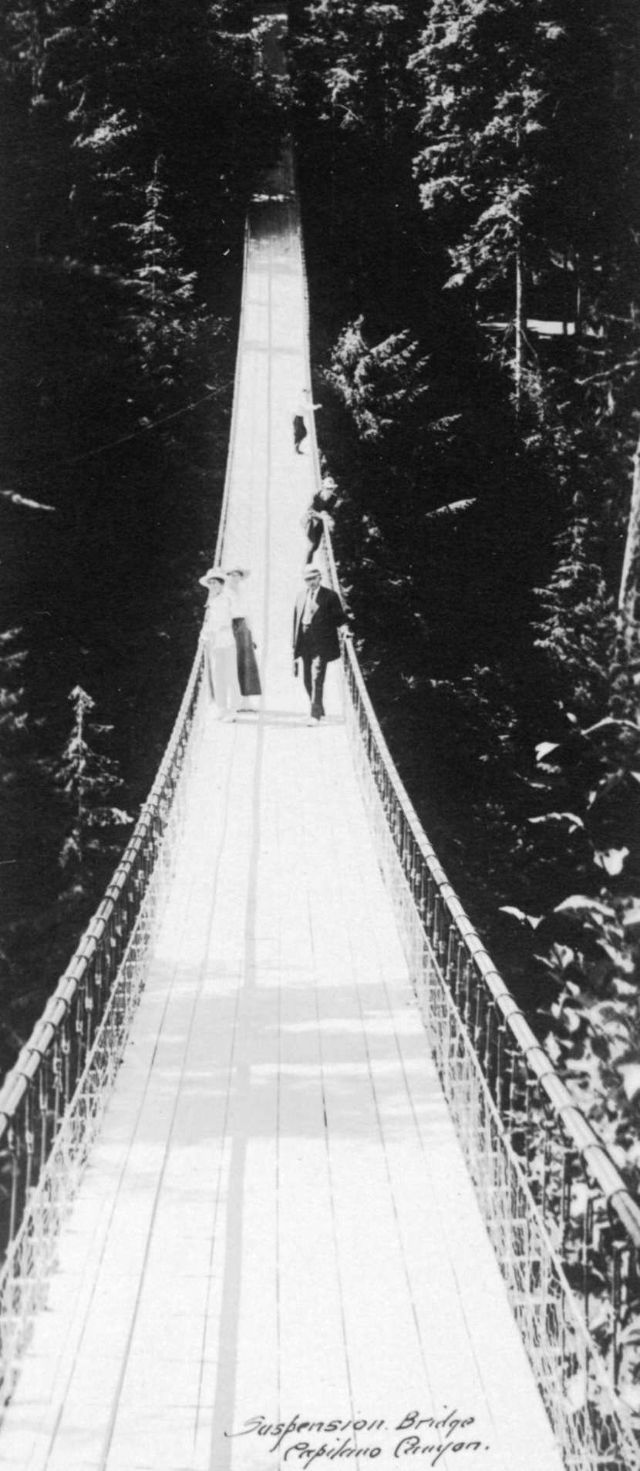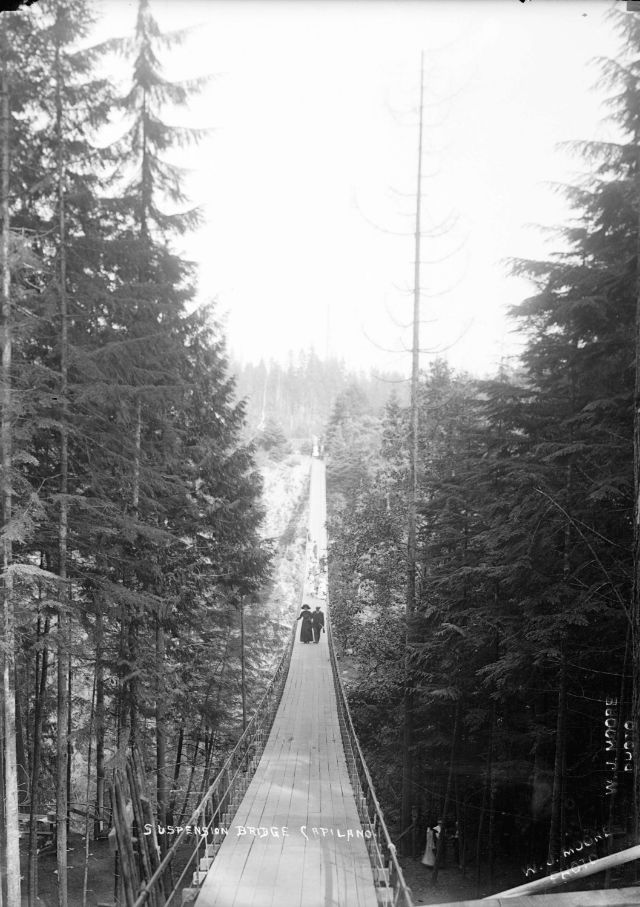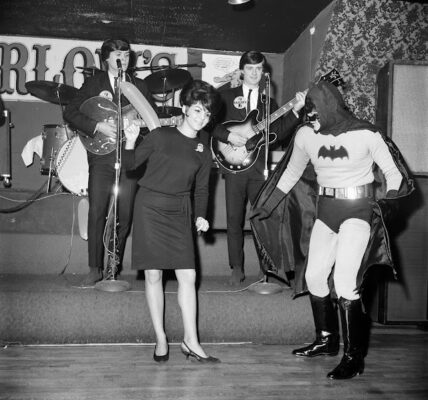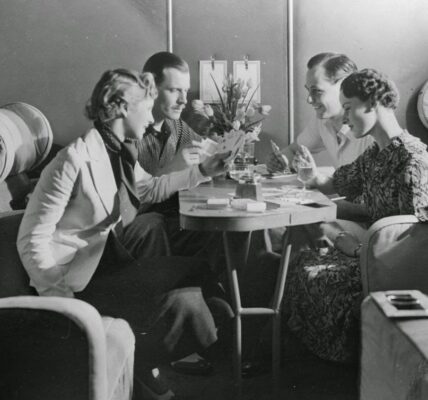These vintage photographs capture people crossing the famous Capilano Suspension Bridge in Vancouver, 1890-1910
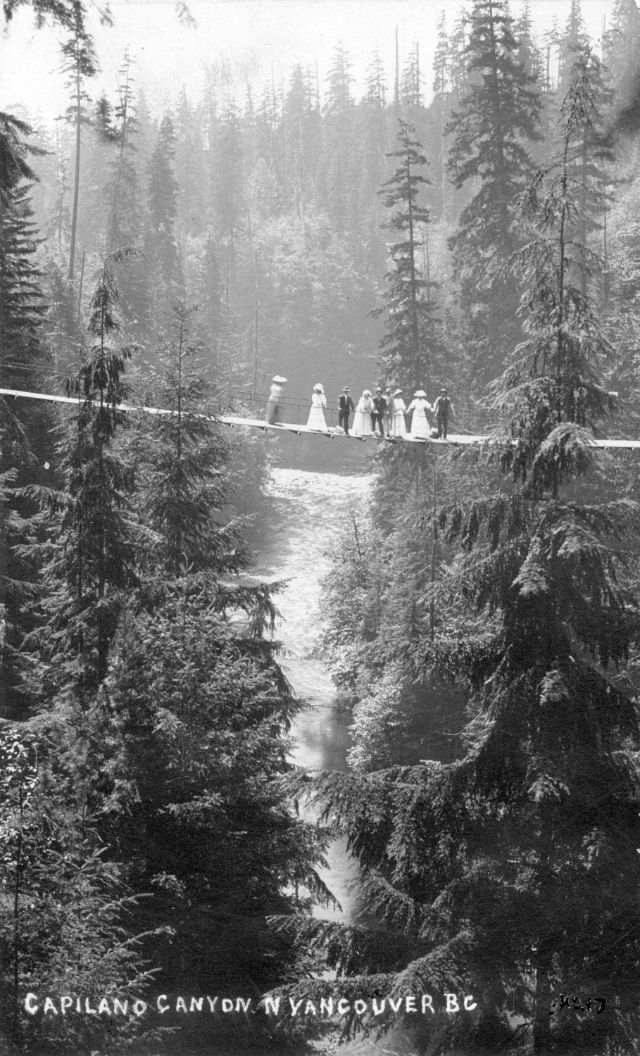
The Capilano Suspension Bridge is a simple suspension bridge crossing the Capilano River in the District of North Vancouver, British Columbia, Canada. The current bridge is 140 meters (460 ft) long and 70 meters (230 ft) above the river.
The bridge was originally built in 1889 by George Grant Mackay, a Scottish civil engineer and park commissioner for Vancouver. It was originally made of hemp ropes with a deck of cedar planks, and was replaced with a wire cable bridge in 1903.
In 1910 Edward Mahon purchased the Capilano Suspension Bridge. “Mac” MacEachran purchased the Bridge from Mahon in 1935 and invited local natives to place their totem poles in the park, adding a native theme. In 1945, he sold the bridge to Henri Aubeneau.
The bridge was completely rebuilt in 1956. Initially, it didn’t lead anywhere, but in the ’50s trails were developed on the west side and the teahouse became a gift shop. Today, the dramatic span remains a huge tourist attraction.
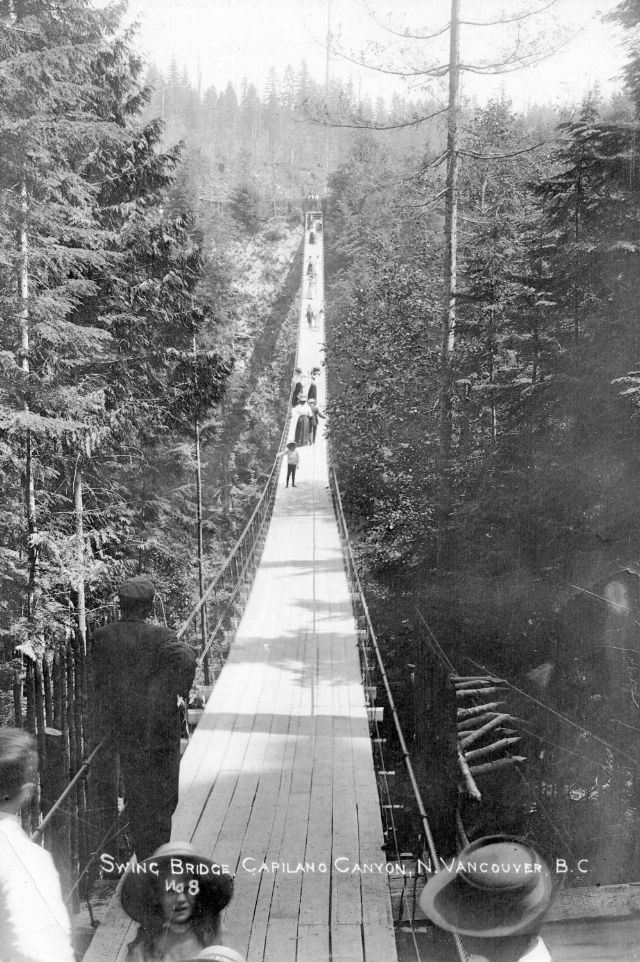 The word “Capilano” has been derived from a First Nation name, “Kia’palano”, which was not only the name of a Squamish chief but also meant “beautiful river”.
The word “Capilano” has been derived from a First Nation name, “Kia’palano”, which was not only the name of a Squamish chief but also meant “beautiful river”.
The chief lived in the region during the early part of the 1800s. The name was eventually shortened to “Capilano”, which includes the name of the river and surrounding regions.
The bridge has been featured as a setting in episodes of several television series, including MacGyver, Sliders, The Crow: Stairway to Heaven, and Psych.
In 1974, social psychologists Donald Dutton and Arthur Aron conducted a well-known experiment on the bridge. Men approached by a female researcher on the bridge were more likely to call her later than men approached on a more solid bridge across the river.
Dutton and Aron argued that this supported the theory that the men were misattributing the arousal caused by fear of sexual attraction toward the woman. This research supported Stanley Schachter’s two-factor theory of emotion.
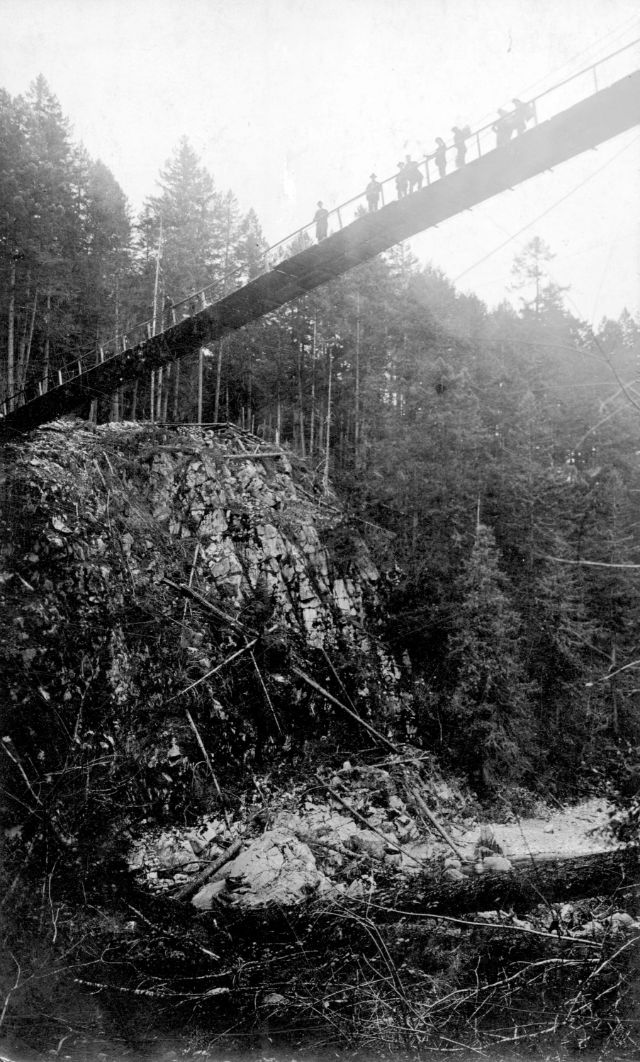
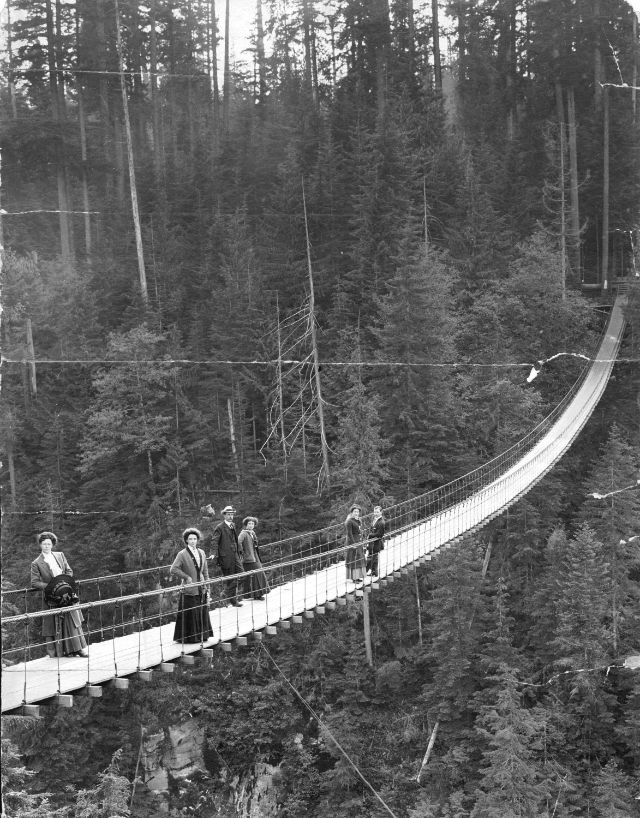
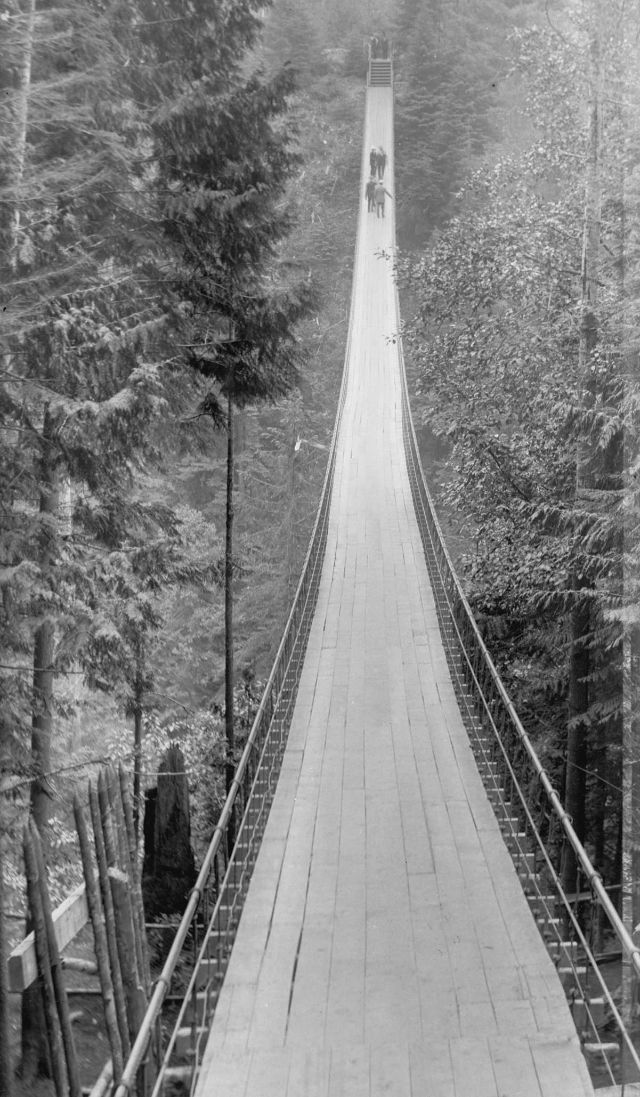
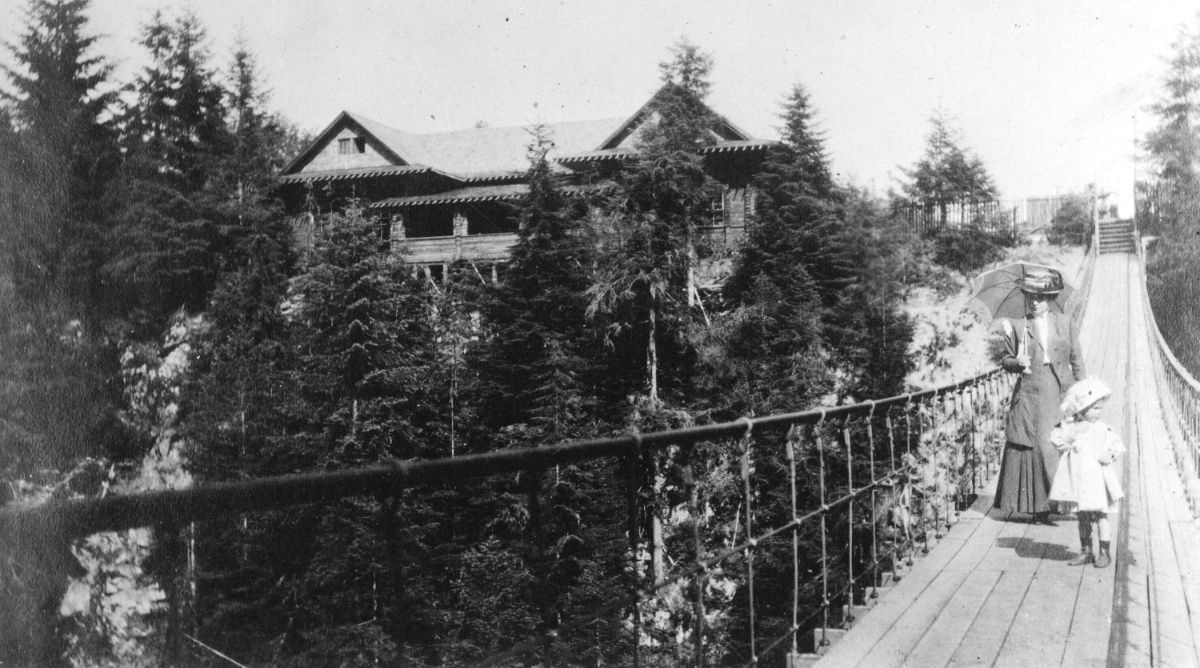
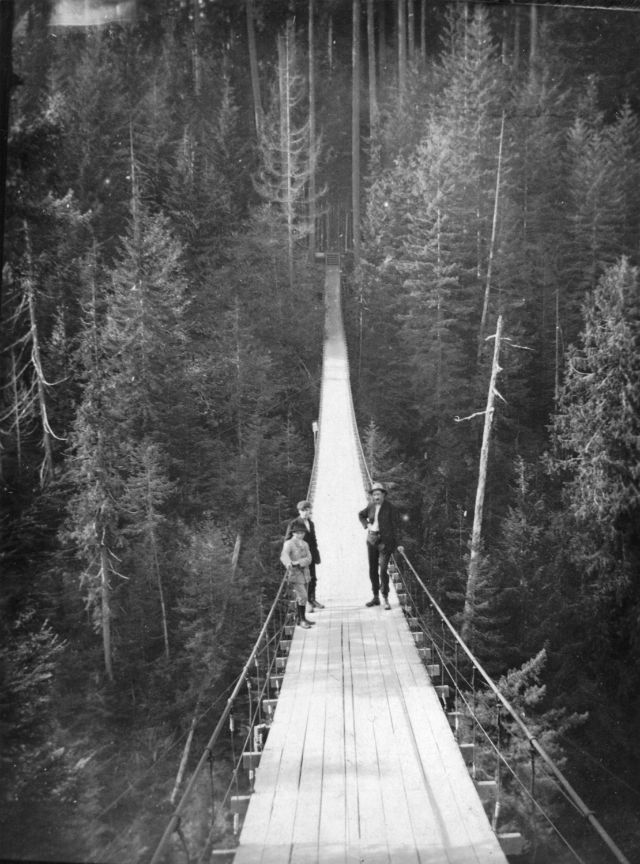
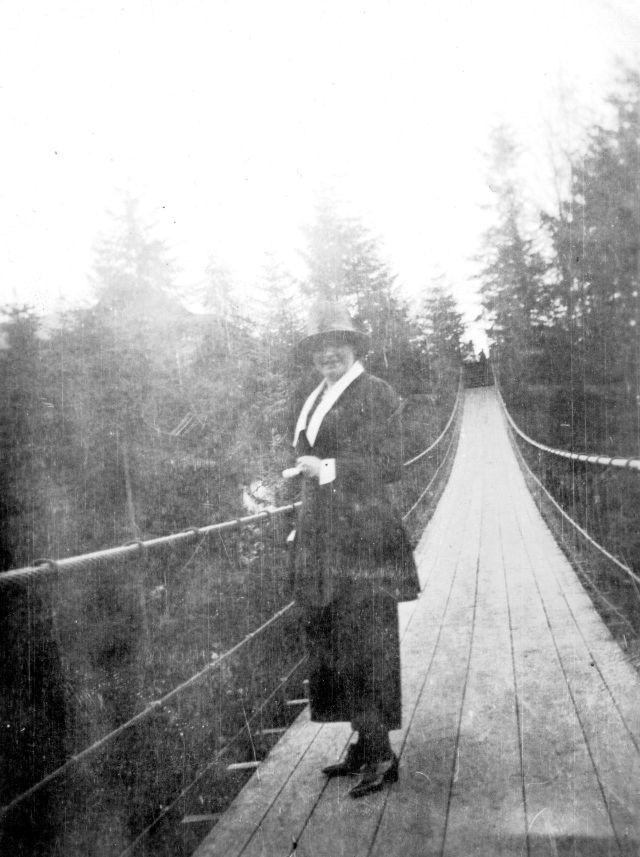
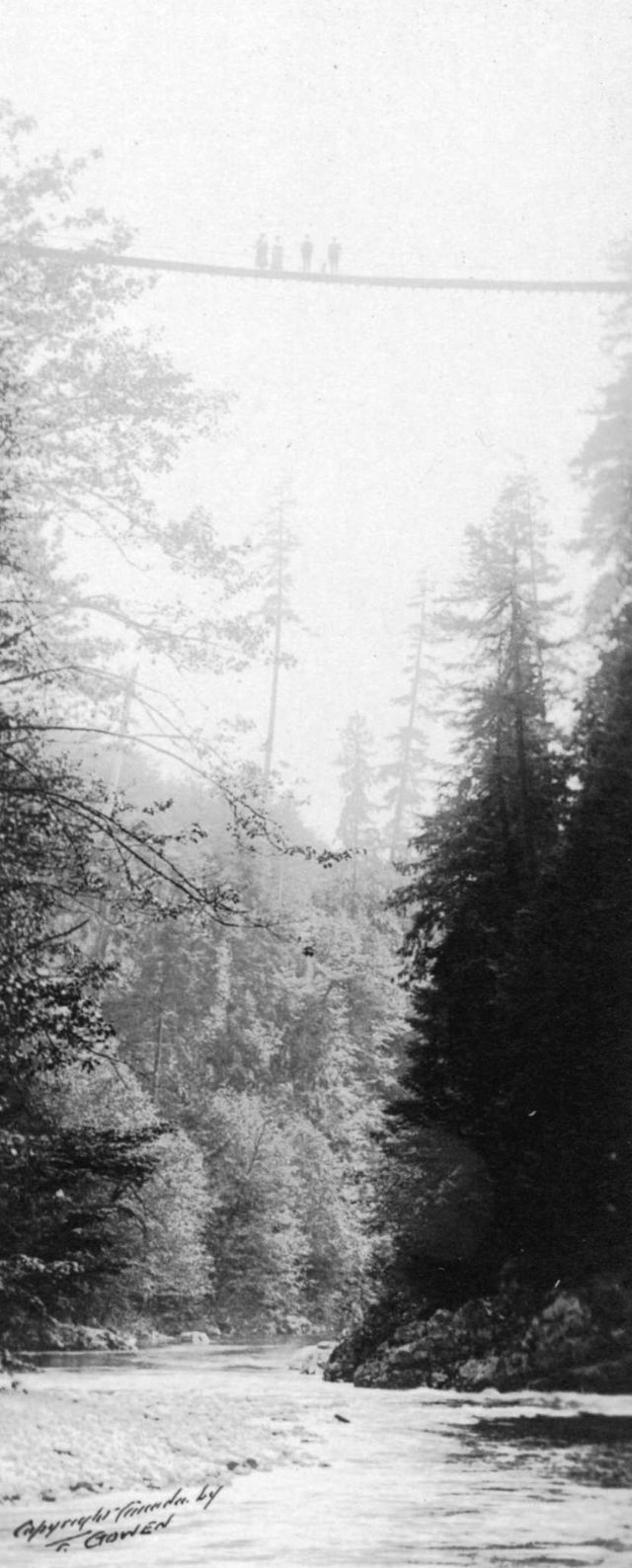
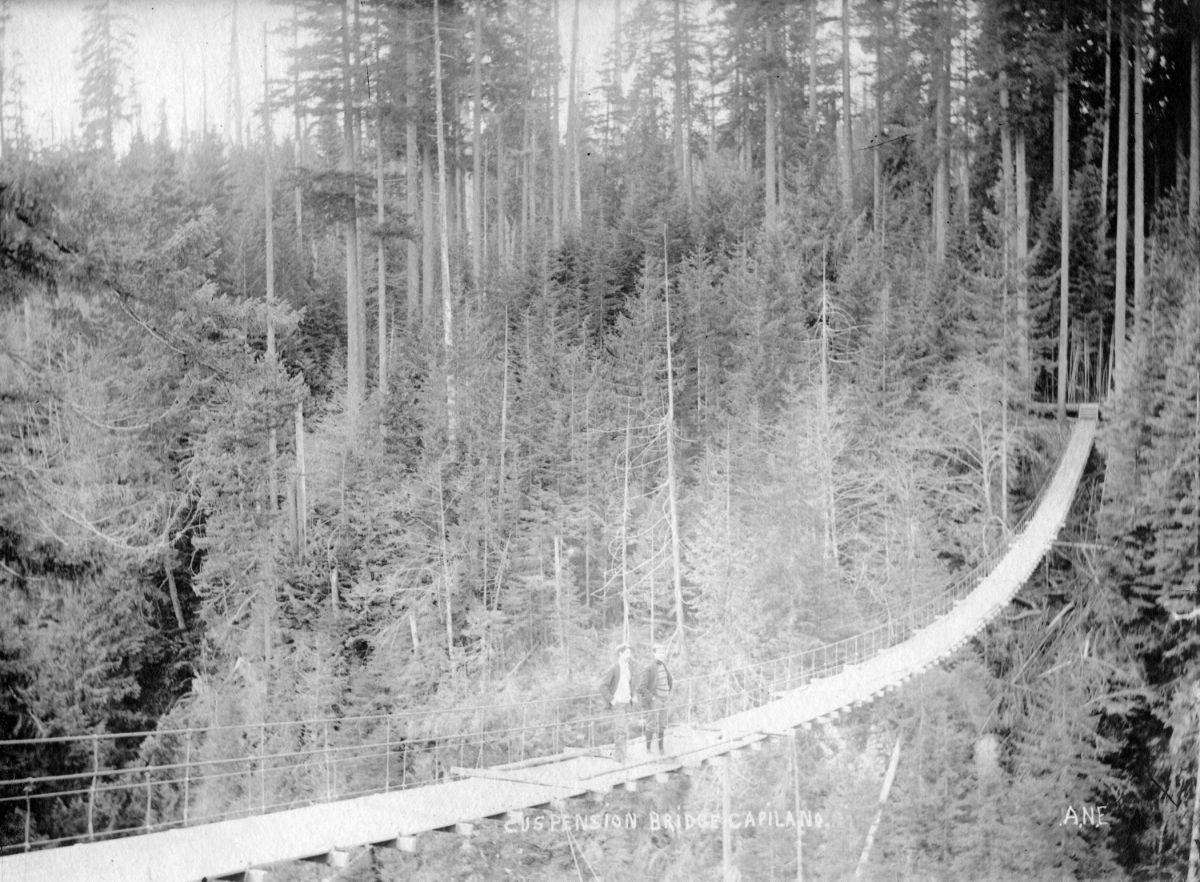
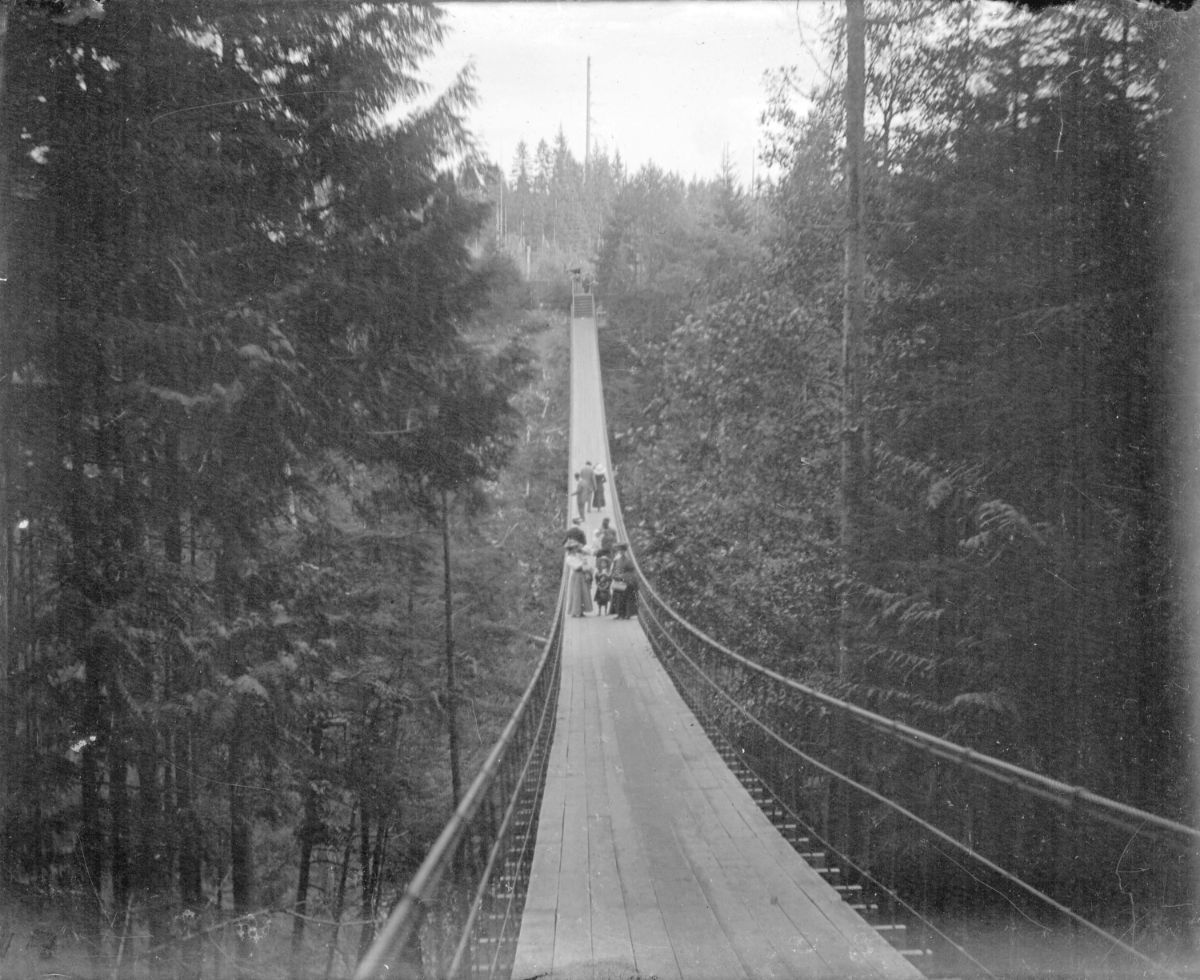
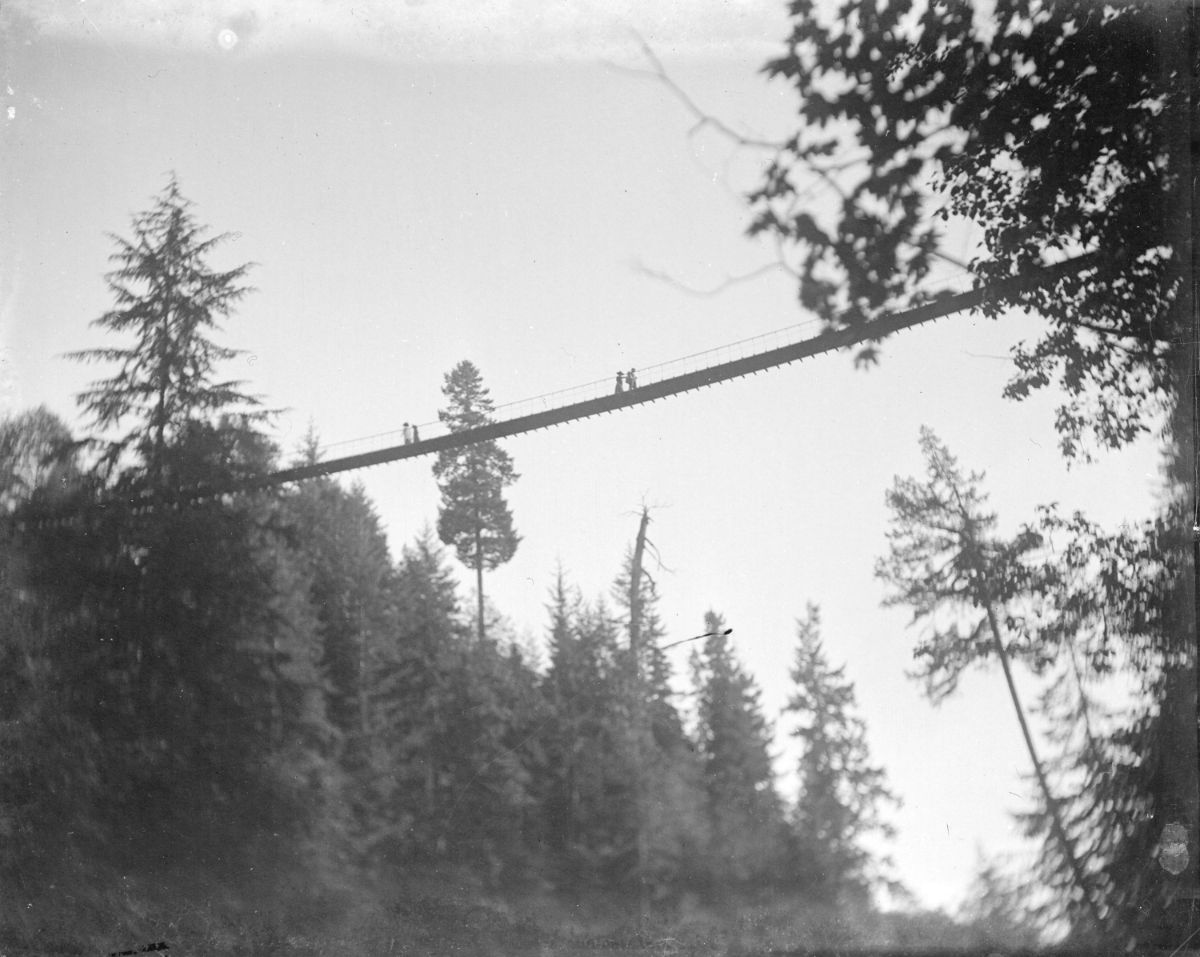
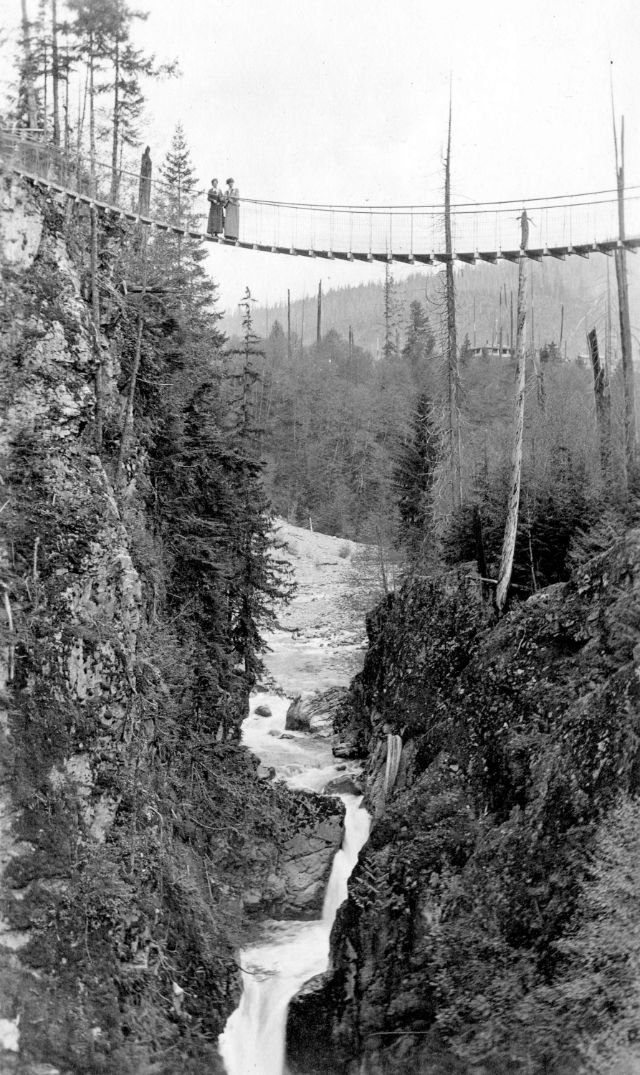
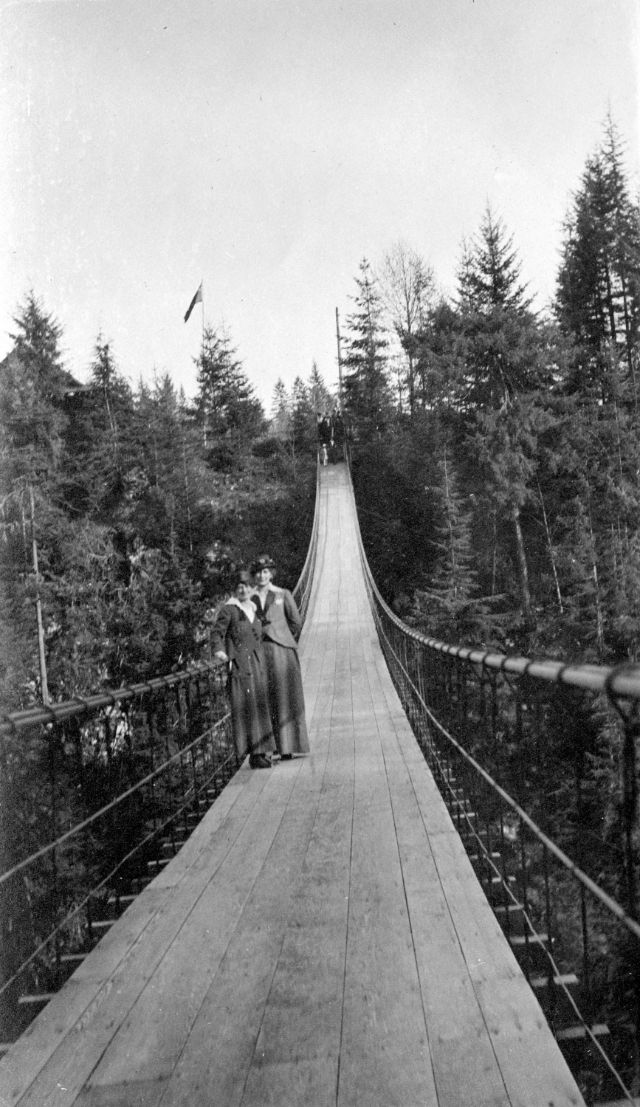

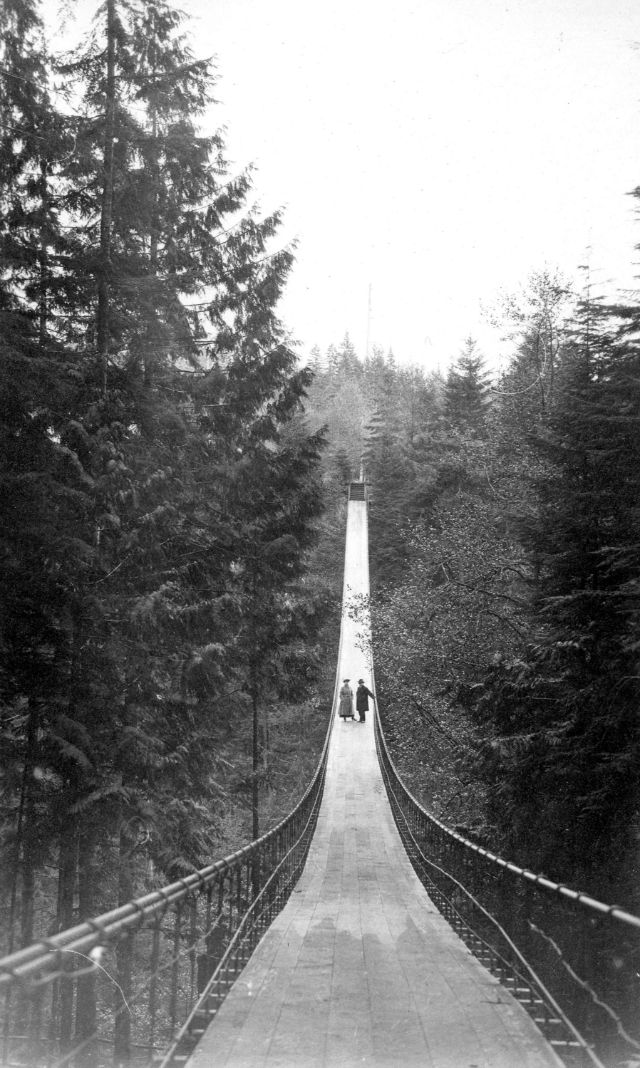
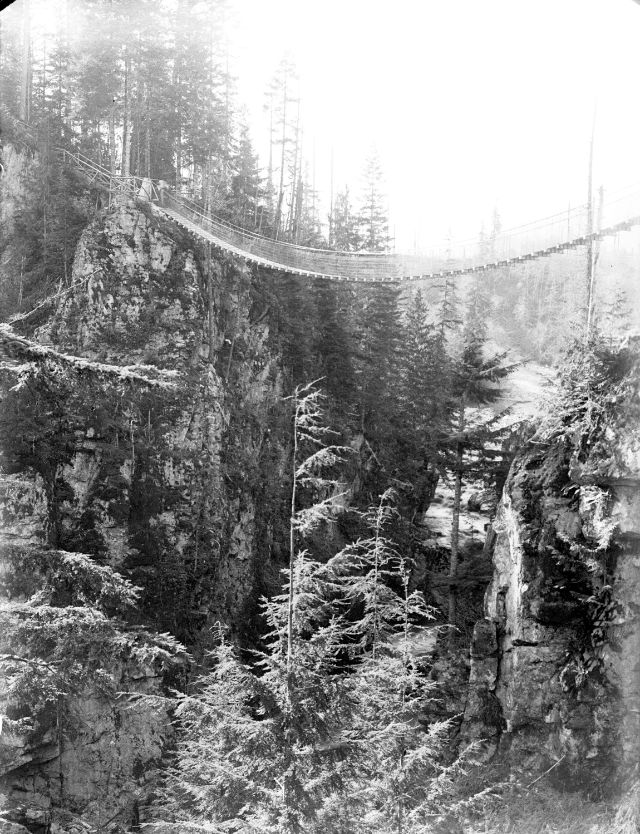
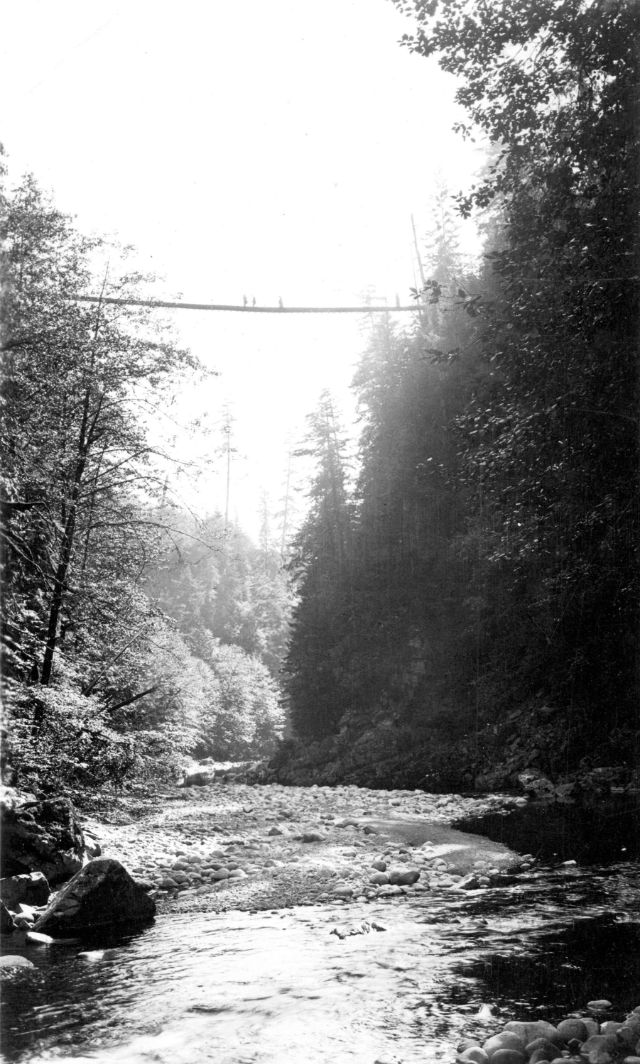
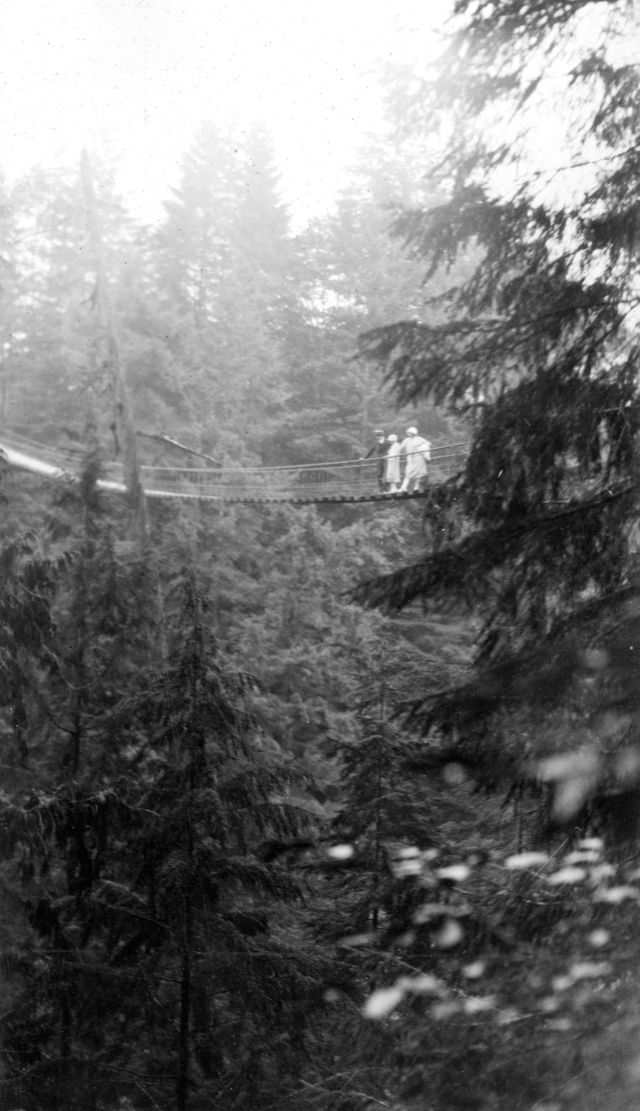
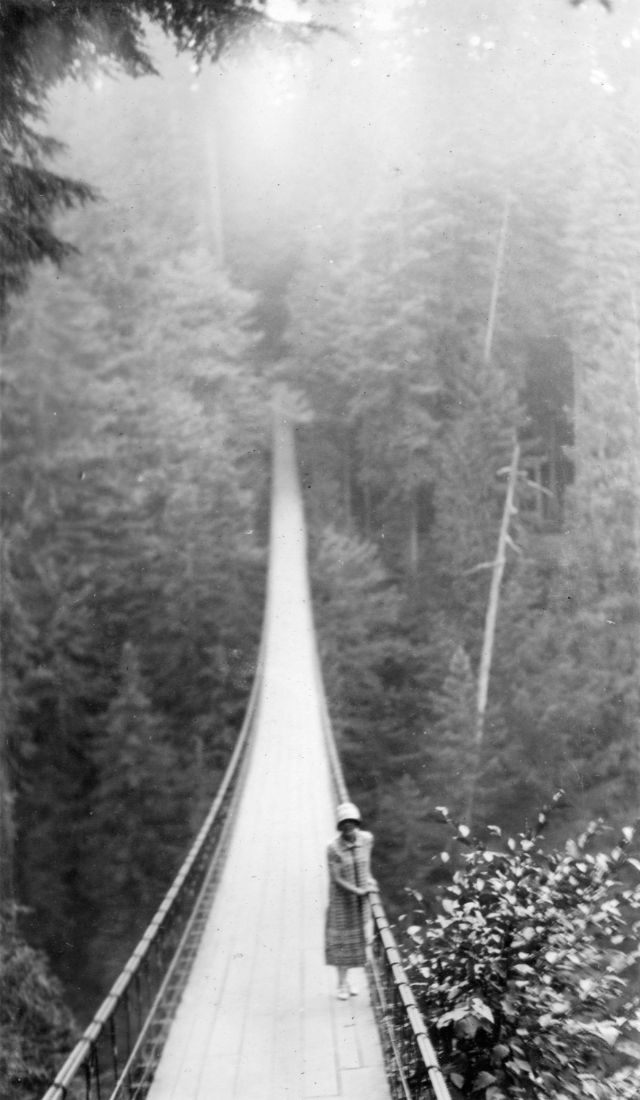
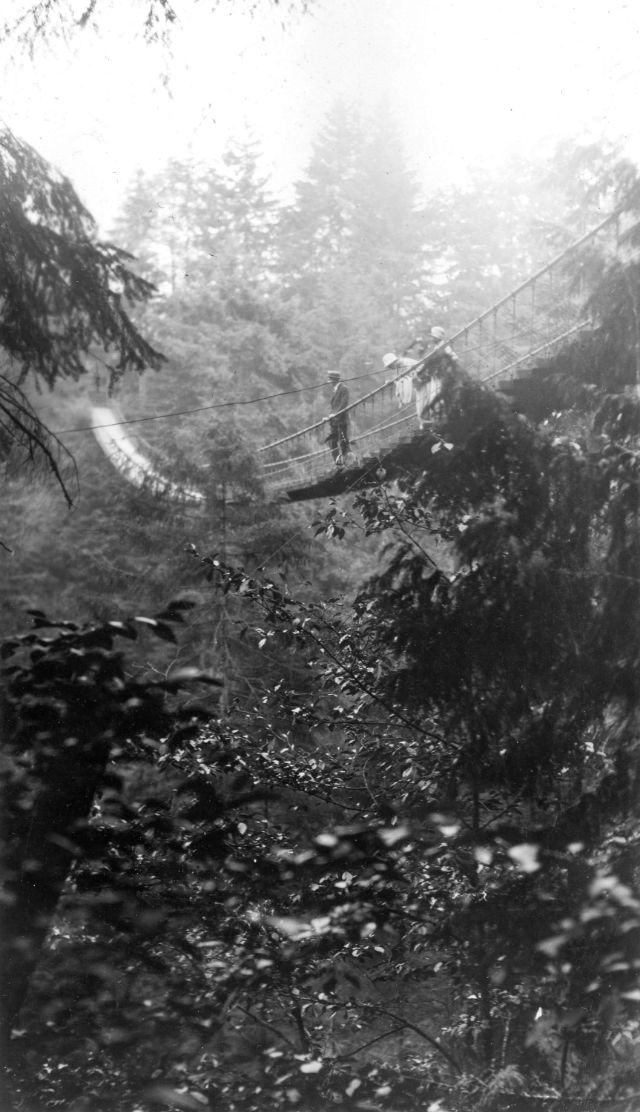
(Photo credit: City of Vancouver Archives / Wikimedia Commons).

